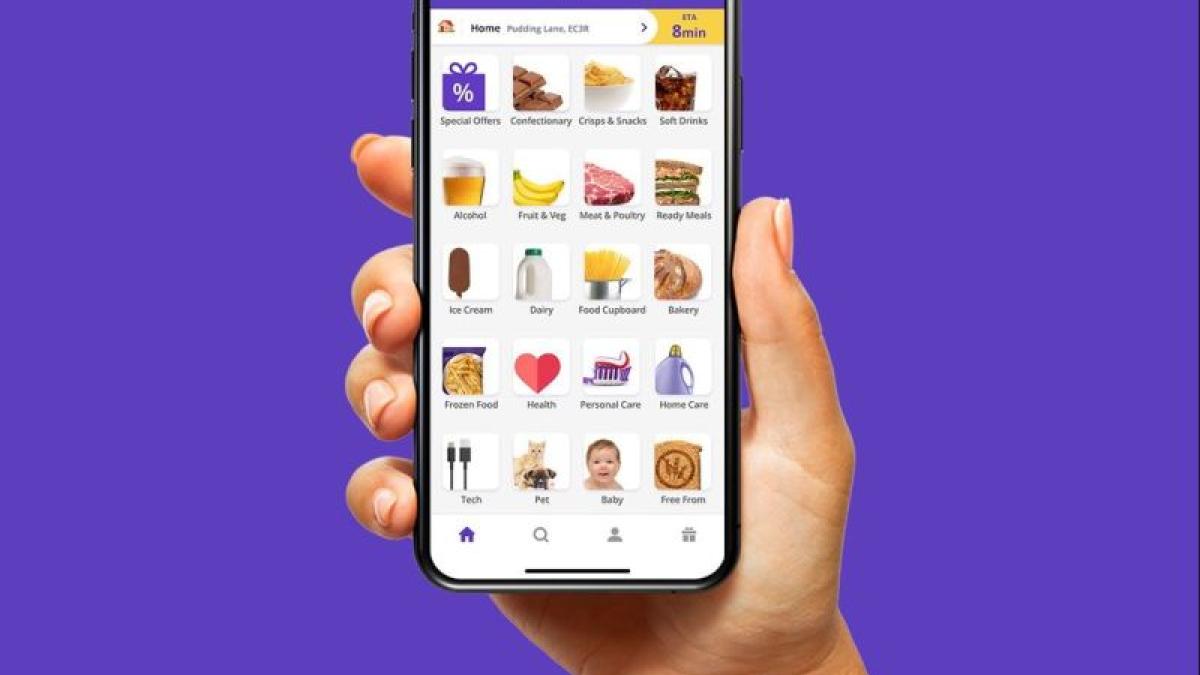Founded in 2015, Getir is an ultrafast delivery pioneer.
Getir has expanded its unique business model over time with GetirFood, GetirMore, GetirWater, and GetirLocals. Most recently, the company added BiTaksi to its services. The company revolutionized last-mile delivery to customers with a 10-minute grocery delivery proposition, offering approximately 2,000 everyday items, including chocolate, soft drinks, dairy, cleaning materials, chips, and pet food.
Getir is now operating in all 81 cities of Turkey and launched operations in a number of countries in 2021: the UK in January, the Netherlands in May, Germany and France in June, Spain and Italy in September, Portugal in October, and the U.S. in November. The company’s tech has enabled it to scale and succeed under the most challenging of circumstances. In 2021, Getir raised over $1.1 billion in funding, valuing the company at $7.7 billion.
Our observability platform at Getir is not just an important resource for our organization, but a critical component of our core infrastructure. Without it, we would not be able to offer the service that sets us apart from others in our industry.
'Our speed comes from our technology'
“Getir is, first and foremost, a technology company that operates in retail and logistics. We always say that our speed stems from our technology. The core concept of Getir is to deliver within minutes, which is made possible through the state-of-the-art tech team that offers the best-in-class user experience so that Getir can be the fastest, easiest, and most reliable ultrafast grocery delivery service available to the market,” says Salih Emre Sert, Engineering Manager at Getir.
Getir’s proposition is speed through technology. So the end-to-end delivery process, from order to courier, must be fast and seamless. For this reason, the business is built on cloud-based, integrated technology systems that use data and algorithms to manage supplies and customer demand. If there is a large sporting event, Getir knows it can expect a spike in orders. When countries experienced a toilet roll shortage during COVID-19 lockdown, customers flocked to Getir to stock up on supplies. This is where Getir’s tech stack proved its weight in gold: The algorithms manage the resources required for the increase.
Getir has always grown beyond its forecasts. Putting observability in place meant that Getir could act fast, remain agile, and see the biggest pain points and opportunities for growth at earlier stages in the roadmap. Getir's tech team can embrace cloud technologies and use containerized workloads and serverless technologies regularly, but it decides on the architecture for each use case. These details have been integral to the brand's success and its rapid expansion.
New Relic’s infrastructure monitoring capabilities are critical for the organization’s day-to-day operations and long-term expansion. Getir currently uses New Relic’s infrastructure solution for a range of uses, including Kubernetes clusters—around 400 microservices and hundreds of serverless functions running in Node JS, mostly, with others in Java, Go, and .NET Core—and AWS integration.
The New Relic platform also solves the different tabs dilemma, Salih says. “When you try to observe the system and use a lot of open-source tech, you have a lot of different tabs, and this increases your time to recovery.”
In every situation, New Relic helped us manage huge challenges, from unforeseen demands to launches in new countries. Operating across several verticals, such as warehouses through to retail and logistics, our technology team must have a 360-degree view of how the system is integrated and the different components of our IT stack. This is why we’ve implemented New Relic from day 0, and why we’ve managed to scale with huge success. Observability is the only way to make this possible.
Ever-evolving DevOps
The New Relic platform is integrated with open source technologies and continually updated, so that engineering teams can see what other companies are using in order to learn and contribute best practices with wider DevOps and cloud-native communities.
Getir's payment tribe is currently using a dashboard to monitor transaction success rates and the distribution of payment providers, payment method, bank, and VPOS. Now, Getir is able to detect anomalies before the payment provider can.
“Observability practices have always been part of business operations. When an incident happens, someone looks into the specific causes. Similarly, marketing teams are constantly monitoring email clicks and bounce backs. However observability, by true definition, is quickly becoming a hot topic and more stakeholders are recognizing the criticality it plays in an organization’s success,” Salih explains.
“Our observability platform at Getir is not just an important resource for our organization, but a critical component of our core infrastructure. Without it, we would not be able to offer the service that sets us apart from others in our industry,” Salih says.



